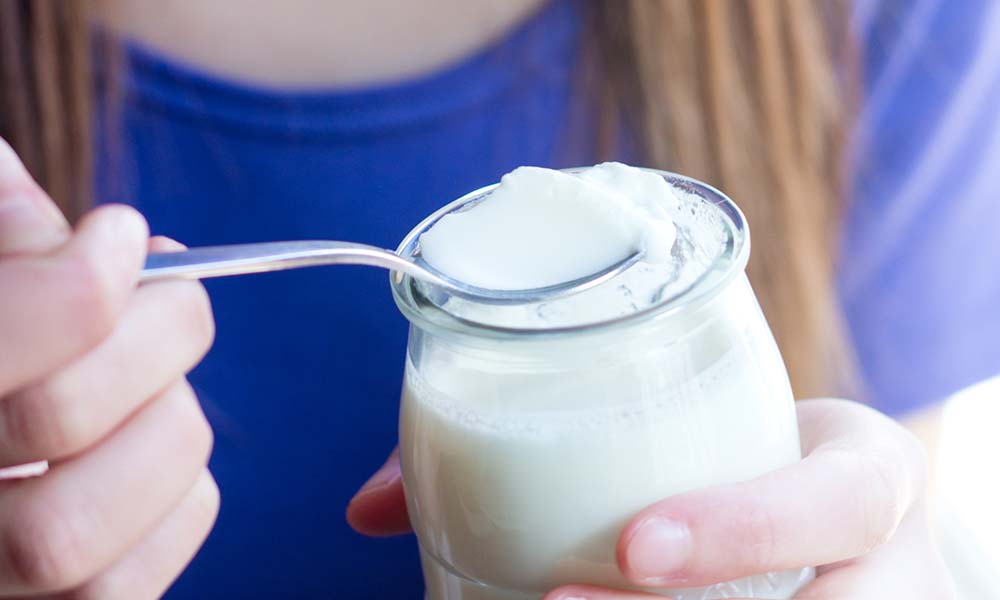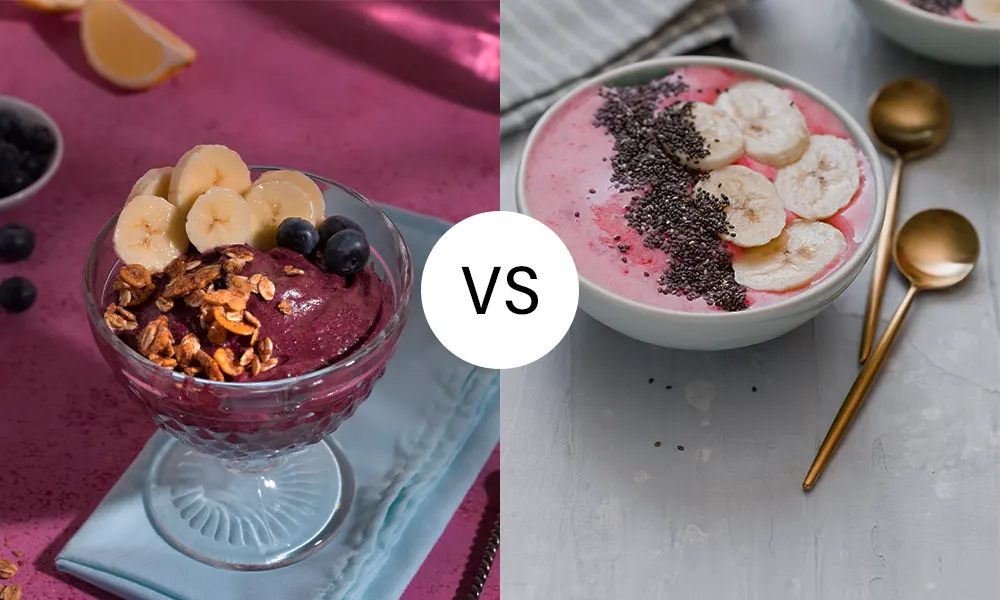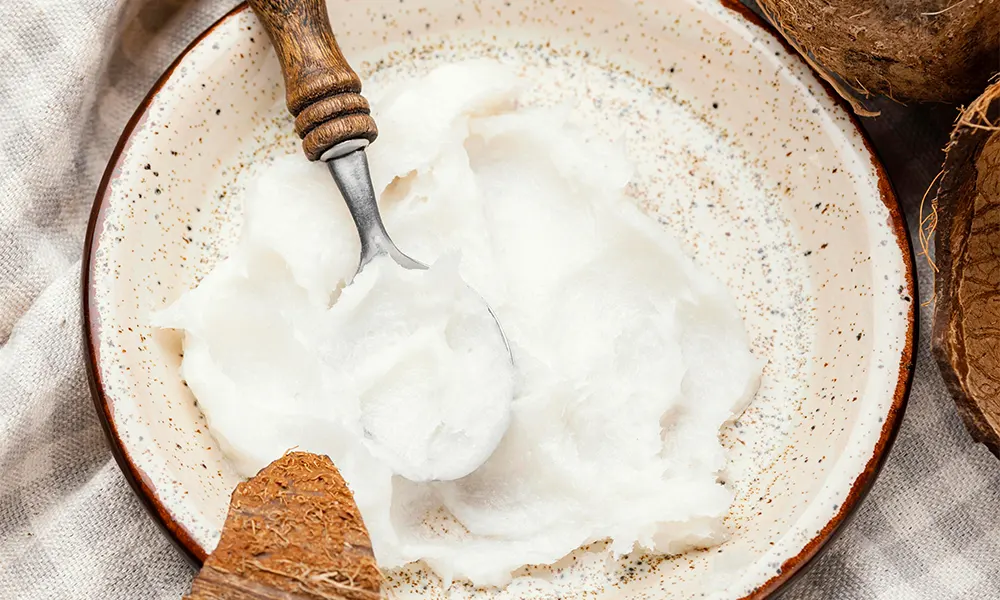Ever stared blankly at the yoghurt aisle, overwhelmed by the sheer number of choices? You’re not alone, mate! The dairy section can feel like a yoghurt jungle sometimes. One particular style, though, is causing quite the stir: pot set yoghurt. But what is pot set yoghurt, exactly? And why is it suddenly popping up everywhere, captivating tastebuds and charming even the most discerning yoghurt enthusiasts? Let’s delve into this creamy conundrum together.
Understanding Pot Set Yoghurt
Pot set yoghurt, in a nutshell, is yoghurt that’s set in its final pot or container. Unlike stirred yoghurt, which is, well, stirred after fermentation, pot set yoghurt is left undisturbed during the culturing process. This simple difference results in a significantly different texture and eating experience.
The Magic of Fermentation: How Pot Set Yoghurt is Made
The magic starts with milk, usually cow’s milk but increasingly plant-based alternatives are emerging. This milk is pasteurised (heated to kill harmful bacteria) then inoculated with live yoghurt cultures typically Lactobacillus bulgaricus and Streptococcus thermophilus. These good bacteria work their charm, fermenting the lactose (milk sugar) and transforming the milk into yoghurt. The crucial element here is the set. After fermentation, the pot set yoghurt is not stirred. Instead, it’s left to set undisturbed in its container, resulting in a thicker, firmer texture, often with a slightly tangier flavour. This process yields a naturally thick and creamy yoghurt that holds its shape beautifully, unlike its stirred counterpart.
What Makes Pot Set Yoghurt Different?
The difference in texture between pot set yoghurt and stirred yoghurt is quite significant. Pot set yoghurt boasts a thicker, creamier consistency, almost akin to a mousse in some cases. This thick texture makes it perfect for spooning straight from the pot, adding to its appeal. Its denser structure also lends itself well to various culinary applications, from decadent desserts to savoury dips. That’s what makes what is pot set yoghurt such an adaptable and versatile ingredient.
The Rise of the Creamy Craze: Why is Pot Set Yoghurt So Popular?
The popularity of pot set yoghurt isn’t just a passing trend; it’s a testament to its undeniable appeal.
Taste Sensation: A Symphony of Flavours
First and foremost, pot set yoghurt often possesses a more intensely tangy flavour. The undisturbed fermentation process allows the cultures to develop more fully, resulting in a complex and often more pleasingly sour taste for many.
Health Halo: A Nutritional Powerhouse
Secondly, what is pot set yoghurt offering beyond delightful taste? Like all yoghurts, pot set yoghurt is a good source of protein and calcium, vital for strong bones and muscles. The live and active cultures in pot set yoghurt also contribute to gut health, aiding digestion and boosting the immune system. It’s a nutritional powerhouse in a delicious, convenient package.
Versatility Victory: Culinary Creativity Unleashed
Thirdly, the versatility of pot set yoghurt is unmatched. It’s delicious eaten plain, but it also serves as a fantastic base for a variety of recipes. Think homemade dips, creamy sauces, luscious smoothies, even baked goods! Its thick texture means it holds its shape well, making it perfect for layering in parfaits or using as a topping for desserts.
Convenience Champion: Effortless Enjoyment
And finally, the convenience factor can’t be overlooked. Pot set yoghurt is ready to eat straight from the pot – perfect for a quick and healthy snack or a simple addition to a busy breakfast. No need for stirring, blending, or faffing around; just open and enjoy! This is what makes what is pot set yoghurt so practical for modern lifestyles.
Exploring Different Types of Pot Set Yoghurt
While the core process remains consistent, you can find a wealth of varieties in the pot set yoghurt world. Different milk types, added fruits, flavours, and even probiotic strains offer a whole spectrum of taste and texture experiences. This variety appeals to almost everyone.
Milk Matters: Dairy vs. Plant-Based
Traditionally, cow’s milk is used, but plant-based alternatives using soy, almond, coconut, or oat milk are becoming increasingly popular, catering to a wider range of dietary needs and preferences. Each milk type imparts a slightly different flavour and texture to the final product.
Flavour Fiesta: A World of Possibilities
From classic plain to fruity concoctions, chocolate swirls, and even savoury additions like herbs and spices, the flavour possibilities are virtually endless. Many brands offer a range of exciting flavour profiles to satisfy even the most discerning palates.
Final Thoughts
Pot set yoghurt isn’t just another yoghurt; it’s a culinary experience. Its unique texture, flavour, health benefits, and versatility have rightfully earned it a prominent place in Aussie fridges. Whether you’re a yoghurt aficionado or just starting to explore the world of fermented dairy, giving pot set yoghurt a try is a must. So, next time you’re at the supermarket, grab a pot and experience the creamy revolution for yourself!
If you’re looking to discover more about your favourite foods and their health benefits, or if you want to explore delicious and nutritious recipes using pot set yoghurt, Yo Hayo is here for you! Visit our website or contact us directly to learn more about our range of products and services. Enjoying healthier, creamier yoghurt has never been easier!
FAQs
-
What is pot set yoghurt?
Pot set yoghurt is a type of yoghurt that is fermented directly in its final container, without stirring. This method creates a thicker, creamier texture compared to stirred yoghurt. The fermentation process allows for the yoghurt to naturally set in the pot, giving it a firm consistency and often a tangy flavour. It’s also packed with beneficial bacteria, making it a healthy choice for digestion and overall gut health.
-
Is pot set yoghurt healthier than stirred yoghurt?
Both pot set and stirred yoghurt are healthy options, but pot set yoghurt may offer additional benefits due to its fermentation process. The longer fermentation time can increase the number of probiotics, which are beneficial bacteria that support gut health. Additionally, its thicker texture can make it more satisfying and filling. However, the health benefits of both types largely depend on the ingredients and added sugars, so always check the label.
-
Can I make pot set yoghurt at home?
Yes, you can make pot set yoghurt at home! It requires a few basic ingredients: milk (dairy or plant-based), a yoghurt starter culture, and a clean container. After heating the milk to a specific temperature, add the culture, and allow it to ferment undisturbed in the pot for several hours. The longer you let it set, the thicker and more tangy it will become. Making pot set yoghurt at home allows you to control the flavour and texture, as well as experiment with different types of milk.
-
How long does pot set yoghurt last?
Pot set yoghurt typically lasts as long as the “best before” date printed on the packaging. Once opened, it should be consumed within a few days for the best taste and texture. Always store it in the fridge, ensuring that the container is tightly sealed to maintain freshness. Homemade pot set yoghurt should be eaten within a week or so for optimal flavour and probiotic benefits, but it may last slightly longer depending on storage conditions.
-
What’s the difference between Greek yoghurt and pot set yoghurt?
The main difference between Greek yoghurt and pot set yoghurt lies in the production process. Greek yoghurt is strained to remove the whey, resulting in a thicker texture and higher protein content. Pot set yoghurt, on the other hand, is made by fermenting the yoghurt directly in its final container, without stirring. This method creates a naturally thick and creamy texture. While both are rich in probiotics, Greek yoghurt is typically higher in protein, whereas pot set yoghurt has a more traditional, tangy flavour.





